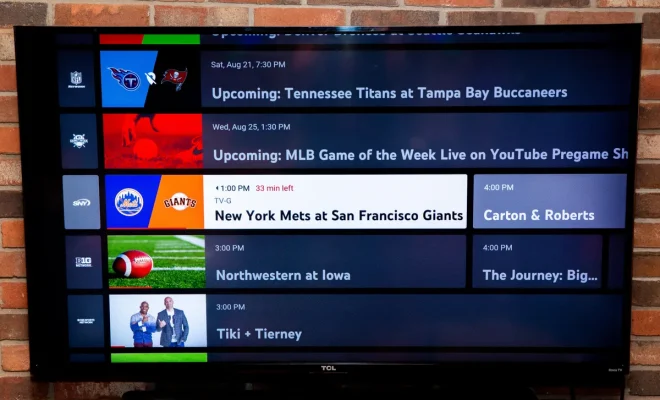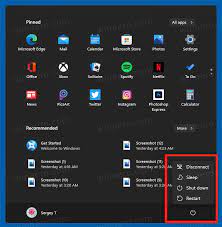Full-body workout vs. split workout: Only one is worth your time

In the world of fitness, there are many debates and strong opinions about workout routines. One popular topic discussed among gym-goers and fitness enthusiasts is the effectiveness of full-body and split workout exercises. This article aims to analyze these two exercise methods and help you decide which one is worth your time.
Full-Body Workouts
A full-body workout incorporates exercises that target major muscle groups in a single session. This type of workout often combines compound movements, such as squats, lunges, deadlifts, bench presses, and overhead presses, that require several major muscle groups’ involvement at once.
Pros:
1. Greater Caloric Burn: A full-body workout requires a higher number of calories since you’re using most of your muscles in one session.
2. Increased Metabolic Rate: Training all muscle groups simultaneously increases your metabolism, which helps with fat burning throughout the day.
3. Time Efficient: Full-body workouts are ideal for busy individuals who cannot commit to multiple gym sessions per week.
4. Better Overall Strength Gains: Engaging all muscle groups means you’re strengthening your entire body instead of focusing on isolated parts.
Cons:
1. Longer Recovery Time: Heavy full-body workouts may lead to longer recovery times due to increased muscle soreness.
2. Limited Exercise Variety: Full-body routines tend to prioritize multi-joint lifts, potentially neglecting accessory exercises or smaller muscle group isolation.
3. Training Plateaus: Due to less variation in the workouts, one might hit a plateau in progress over time.
Split Workouts
Split workouts involve training specific muscle groups on individual days (e.g., upper body on Monday, lower body on Tuesday). This training method allows people to strategically work certain areas with extensive focus for optimal results.
Pros:
1. Improved Muscle Recovery: Focusing on specific muscles ensures enough rest between sessions.
2. Exercise Variation: With more specialized sessions, you can introduce a variety of exercises, keeping your workouts exciting and dynamic.
3. Greater Volume: Split workouts allow for higher volume training that helps in isolating muscles and encouraging growth.
4. Customize Workouts: You can tailor your split workout to target weaker muscles or specific goals effectively.
Cons:
1. Less Time Efficient: Split workouts typically require more gym time, with an optimal routine consisting of 4-6 sessions per week.
2. Missing Workouts: If you miss a session in a split routine, it may prolong the optimal progress for that muscle group.
Which One is Worth Your Time?
Ultimately, the answer depends on personal preferences, lifestyle, and goals. Individuals with limited time or those looking for overall strength and balanced muscle development should opt for full-body workouts. Conversely, focused fitness enthusiasts or those with specific aesthetic goals will benefit from the tailored approach offered by split workouts.
In conclusion, both full-body and split workouts have their advantages and drawbacks. It is essential to choose which one best suits your individual needs and lifestyle for an effective and sustainable fitness journey. So, weigh the pros and cons presented above and make an informed decision on which workout strategy is worth investing your precious time into.






